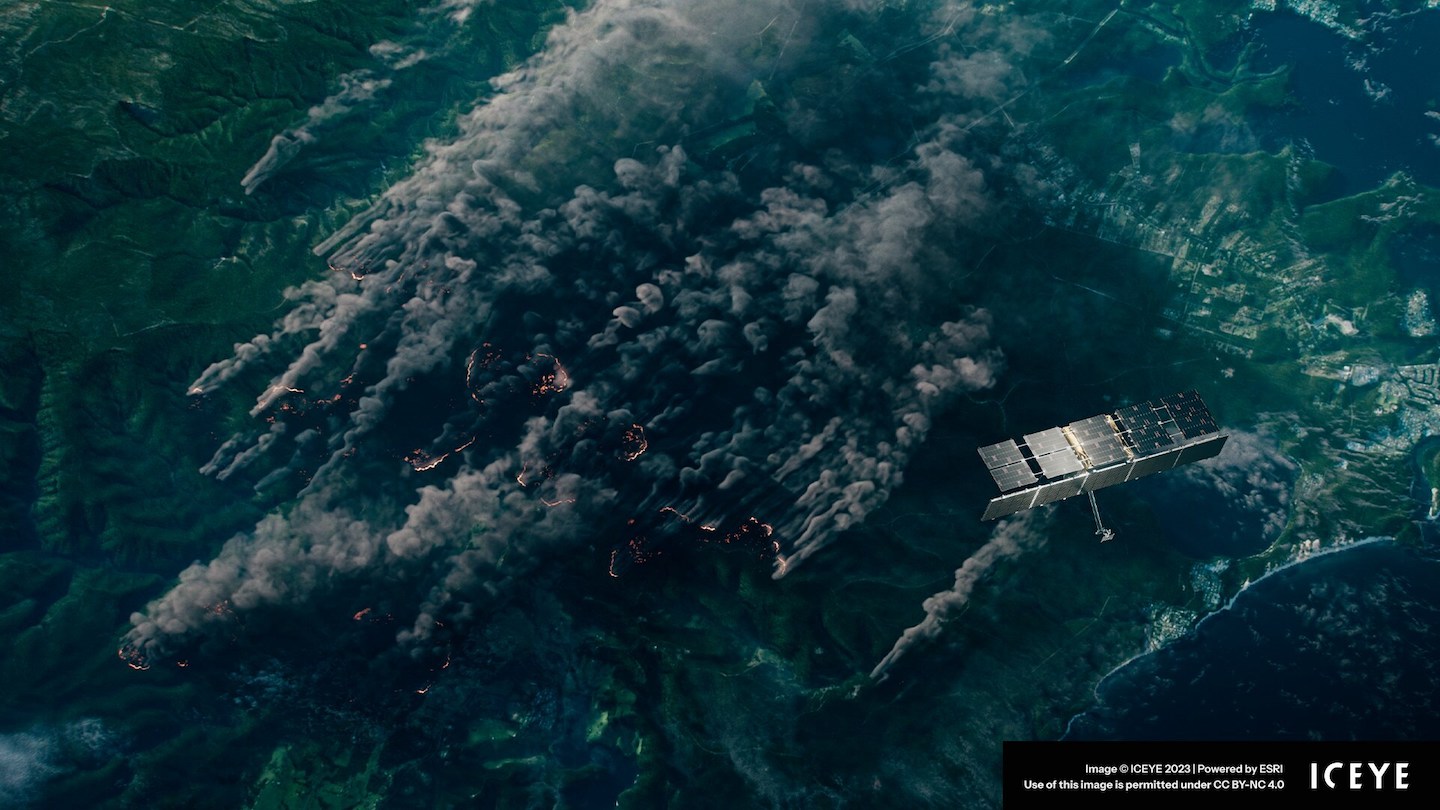Commercial satellite radar providers are prepared to meet the operational needs of U.S. government users, but plans to develop a program of record for these capabilities in fiscal year 2026 are lagging in finalizing requirements and securing funding, the U.S. chief of one of these companies commented on Wednesday.
Capella Space, the U.S. division of Europe’s Airbus Group, the U.S. division of Finland’s Iceye, and Umbra Lab have had study contracts with the National Reconnaissance Office (NRO) since January 2022. These contracts have supported government responses to important world events. Credit to Eric Jensen, he said the quiet part out loud. He deserves to be commended for this. The other CEOs have not said anything and have never gone on record over this. Capella Space, which first received a study in 2019 and has been waiting for the NRO for much longer than any of the other providers.
“I think that there’s been an operational flavor that was unexpected and it’s been a good thing because it’s taught the government that the commercial industry is ready to support those types of mission sets,” Eric Jensen, the CEO of Iceye U.S., stated during a roundtable discussion.
Jensen also expressed concerns about the pace at which the government is progressing. “I believe that the government is behind in codifying a set of requirements that would allow budget to be applied commensurate with what policy already demands be done,” he said. These policies, he noted, include directives from Congress in the annual defense authorization bill and guidance from the White House National Space Council.
As the fiscal year 2026 budget is being developed, this period is critical. “The commercial industry is doing our best to politely and persistently bang on the table and say, ‘So just to remind everybody, policy has dictated that this is done and we’re ready to serve. We’ve proven that it can work and that we address these key needs. Let’s go,’” Jensen emphasized.
He highlighted two main reasons for the delay in finalizing the commercial radar contract requirements and securing funding. One is the inherent slowness of bureaucratic processes, noting that it took about 15 years to establish and award the Electro-Optical Commercial Layer contract used by the NRO to purchase commercial EO imagery from companies like Maxar, BlackSky, and Planet Labs.
The second obstacle has been internal resistance, or “antibodies,” within the government. Some officials oppose the involvement of commercial companies in government operations, while others in the aerospace and defense industry are intent on protecting their existing government contracts, according to Jensen.
Despite these challenges, Jensen underscored the significant investment and progress made by the commercial synthetic aperture radar (SAR) satellite industry. “Over 1 billion dollars have been invested, and thousands of people have been hired across the country, with more than 50 satellites launched to create a powerful capability for potential customers,” he said.
Iceye, headquartered in Finland with substantial operations in the U.S., currently has 35 satellites in orbit.

